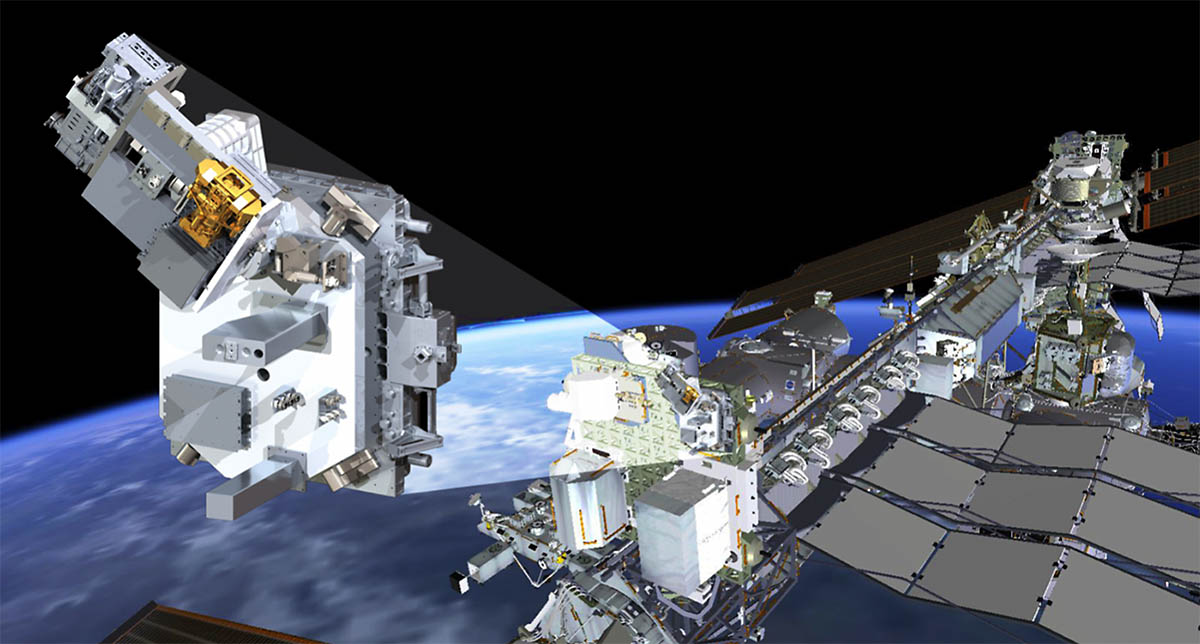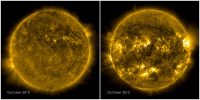TSIS-1 will be affixed to the International Space Station in December 2017 TSIS-1 operates like a sun flower: it follows the Sun, from the ISS sunrise to its sunset, which happens every 90 minutes. At sunset, it rewinds, recalibrates and waits for the next sunset. (NASA/LASP)
Home TSIS-1 will be affixed to the International Space Station in December 2017 TSIS-1 operates like a sun flower: it follows the Sun, from the ISS sunrise to its sunset, which happens every 90 minutes. At sunset, it rewinds, recalibrates and waits for the next sunset. (NASA/LASP) TSIS-1 will be affixed to the International Space Station in December 2017 TSIS-1 operates like a sun flower: it follows the Sun, from the ISS sunrise to its sunset, which happens every 90 minutes. At sunset, it rewinds, recalibrates and waits for the next sunset. (NASA/LASP)



